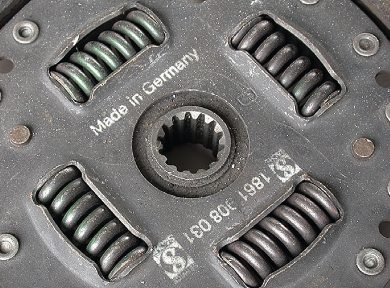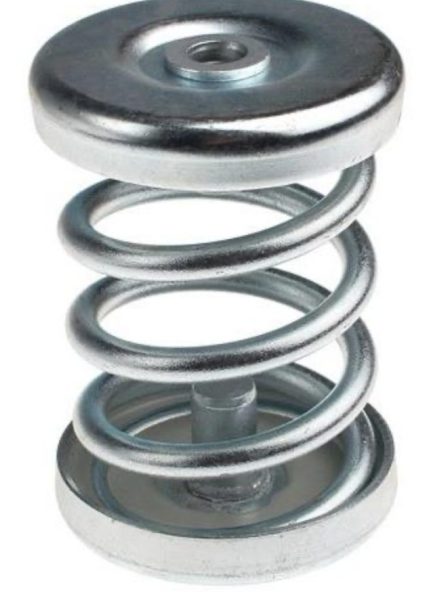Damping springs are a type of spring designed to absorb and dissipate energy in order to reduce or control vibrations and oscillations in mechanical systems. They are commonly used in a variety of applications, including automotive suspensions, shock absorbers, and industrial machinery.
Damping springs work by converting mechanical energy into heat, which is then dissipated into the surrounding environment. This is accomplished through the use of damping materials such as rubber, foam, or hydraulic fluids, which are incorporated into the design of the spring.
One common type of damping spring is the hydraulic shock absorber. Hydraulic shock absorbers typically consist of a piston mounted within a cylinder filled with hydraulic fluid. As the piston moves, it compresses the hydraulic fluid, which in turn generates resistance that slows down the motion of the piston. This resistance is what provides the damping effect, and helps to reduce vibrations and shocks in the system.
Another type of damping spring is the viscous damper. Viscous dampers work by utilizing the resistance generated by a viscous fluid, such as oil or grease, to slow down the motion of the spring. This type of damping spring is often used in automotive suspension systems, where it helps to provide a smoother ride by absorbing and dissipating the shocks and vibrations that are generated by uneven road surfaces.
In addition to hydraulic and viscous dampers, there are also a number of other types of damping springs that are used in various applications. These include friction dampers, which generate resistance through friction between two surfaces; eddy current dampers, which use the resistance generated by a magnetic field to slow down the motion of the spring; and air dampers, which use the resistance of compressed air to absorb and dissipate energy.
Overall, damping springs are a crucial component in a wide range of mechanical systems. By helping to reduce vibrations and shocks, they not only improve the performance and durability of these systems, but also help to enhance safety and comfort for the users of these systems.
When a mechanical system undergoes a vibration or oscillation, energy is transferred between different parts of the system. This energy transfer can cause stress and fatigue on the components of the system, leading to reduced performance, increased wear and tear, and even potential failure.

Damping springs are designed to counteract these effects by absorbing and dissipating the energy generated by the vibration or oscillation. They accomplish this by providing resistance to the motion of the system, which helps to slow down the vibrations and convert the mechanical energy into heat. This heat is then dissipated into the surrounding environment, effectively reducing the amplitude of the vibration and helping to protect the components of the system from damage.
One of the key benefits of damping springs is their ability to control the frequency of the vibration or oscillation. By adjusting the damping characteristics of the spring, engineers can alter the natural frequency of the system, which can help to reduce resonance and prevent excessive vibration.
In addition to their use in automotive and industrial applications, damping springs are also commonly used in buildings and structures to reduce the effects of wind and earthquake vibrations. In these applications, dampers are typically installed between the floors or in the form of tuned mass dampers, which are designed to counteract the effects of the building’s natural frequency.

Overall, damping springs are a critical component in many mechanical systems. By providing controlled resistance to vibration and oscillation, they help to improve the performance, durability, and safety of these systems, while also enhancing the comfort and convenience of their users.




